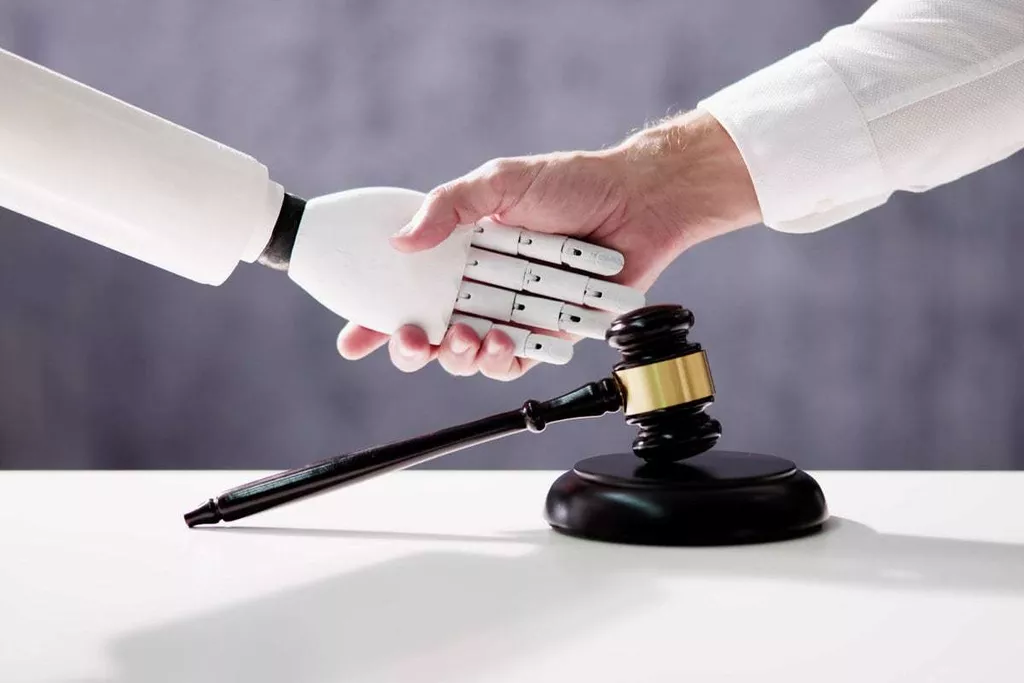
State Diagrams and State Tables
The state transition table for the counter can then be created, as shown in Table 5.47. For the next state logic, the Q output for each flip-flop in the next state is actually the D input for each flip-flop in the current state. In this view of the state transition table, the current Q outputs and the current D inputs (next state Q outputs) are defined. The change input is included in the state transition table, and the state machine can move into one of two possible next states. Ben’s next step is to sketch the state transition diagram, shown in Figure 3.25, to indicate all possible states of the system and the transitions between these states.
Each state represents a specific configuration of the system, such as its output values, internal variables, or mode of operation. A state machine can change its state in response to external or internal events, such as input signals, timers, or conditions. The state transitions are defined by a set of rules or logic that specify when and how the state machine moves from one state to another. The state reduction technique generally prevents the addition of duplicate states.
Consistency principle in Domain-Driven Design Aggregates
A related encoding is the one-cold encoding, in which K states are represented with K bits, exactly one of which is FALSE. Subclasses are classes that can be derived from a parent class by adding some functionality, such as new object variables or new methods. In terms of automaton theory, a subclass adds new states and new rows to the state transition table. However, most OO languages also allow us to derive subclasses from parent classes by overriding (modifying) existing functionality.

While designing a sequential circuit, it is very important to remove the redundant states. The removal of redundant states will reduce the number of flip flops and logic gates, thereby reducing the cost and size of the sequential circuit. The synchronous sequential circuits are generally represented by two models. They are Mealy model and Moore model, which we have already discussed in the posts “What is a sequential circuit? ” These models have a finite number of states and are hence called finite state machine models.
Here’s where you can use your iPhone as your digital driver’s license or ID so far [September 2023]
Note that the table uses don’t care symbols (X) whenever the next state does not depend on a particular input. Instead, we use resettable flip-flops that always go to state S0 on reset, independent of the inputs. Five of them (American Samoa, Guam, the Northern Mariana Islands, Puerto Rico, and the U.S. Virgin Islands) have a permanent, nonmilitary population, while nine of them (the United States Minor Outlying Islands) do not. With the exception of Navassa Island, Puerto Rico, and the U.S. Virgin Islands, which are located in the Caribbean, all territories are located in the Pacific Ocean. All the possible inputs to the machine are enumerated across the columns of the table.
- While just four states support IDs in Wallet so far, there are many more additional states and territories that are at various levels of exploring support.
- A state-transition table is one of many ways to specify a finite-state machine.
- Again, it is straightforward to read off and simplify the Boolean equations for the outputs.
- All networks share information about the states of whole system.
- If the machine is in the state S1 (the first row) and receives an input of 1 (second column), the machine will stay in the state S1.
- Probabilistic Boolean networks model is another model composed of several Boolean networks that work simultaneously [25].
A state-transition table is one of many ways to specify a finite-state machine. The two states are said to be redundant if the output and the next state produced for each and every input are the same. In that case, one of the redundant states can be removed without altering the input-output relationship.
List of states and territories of the United States
The production DAG represents the input behavioral specification of the desired state machine. This description is output as register-transfer level VHDL for later logic synthesis and optimization by conventional tools. The internal design representation of this level is called the intermediate machine representation. The construction of this representation by conventional algorithms is hampered by the possibly exponential growth of the state transition table due to the parallelism of the input specification. For this reason, an implicit construction technique was devised allowing more flexible and larger problem instances than can be handled conventionally. The acceptance criteria was the resolution of all identified problems and completion of Northrop Grumman system test for refactored C++ components and Java/C++ API components.

This special character allows the NFA to move to a different state when given no input. In state S3, the NFA may move to S1 without consuming an input character. The two cases above make the finite automaton described non-deterministic. Software systems involve a combination of functional behavior, data manipulation, and state changes. Real-time systems can exist in one of a limited number of states at any given time. A state change can take place only when specific criteria are satisfied, such as receiving a specific input stimulus under certain conditions.
Sequential Machines
The table shown below is the state table for Moore state machine model. Since, in Moore state machine model, the output depends only on the present state, the last column has only output. Some states are testing small pilot programs before officially launching support. Most states that offer digital ID support do not charge for access, but some states do charge a one-time fee of $10 or an annual fee of $2. Several states have already legalized digital driver’s licenses and state IDs but do not have a solution in place.

NT Server 2000 with IIS Web server to support Matterhorn/Mattweb COTS software for validating system test problem reports. Sample data loads in a mutually agreed upon format prior to the commencement of the testing. Test scenarios and scripts acceptable for TSRI to execute at each phase of the testing process. An Oracle 9i Database Manager Developer with documentation and with 1 server database license and 15 concurrent client licenses for the duration of the project.
Current topics
An STT is a formal description of the control conditions, actions, and state transitions of a particular procedure or of a state within a procedure. Here, a nondeterministic machine in the what is a state table state S1 reading an input of 0 will cause it to be in two states at the same time, the states S2 and S3. The last column defines the legal transition of states of the special character, ε.
Boarding passes have long turned digital, and driver’s licenses are catching up. Probabilistic Boolean networks model is another model composed of several Boolean networks that work simultaneously [25]. All networks share information about the states of whole system.
State table
Note that the hardware for the binary encoded design could be optimized to share the same gate for Y and S′0. Also observe that the one-hot encoding requires both settable (s) and resettable (r) flip-flops to initialize the machine to S0 on reset. The best implementation choice depends on the relative cost of gates and flip-flops, but the one-hot design is usually preferable for this specific example. To make your state machine design more efficient, reliable, and maintainable, there are several techniques you can apply.



この記事へのコメントはありません。